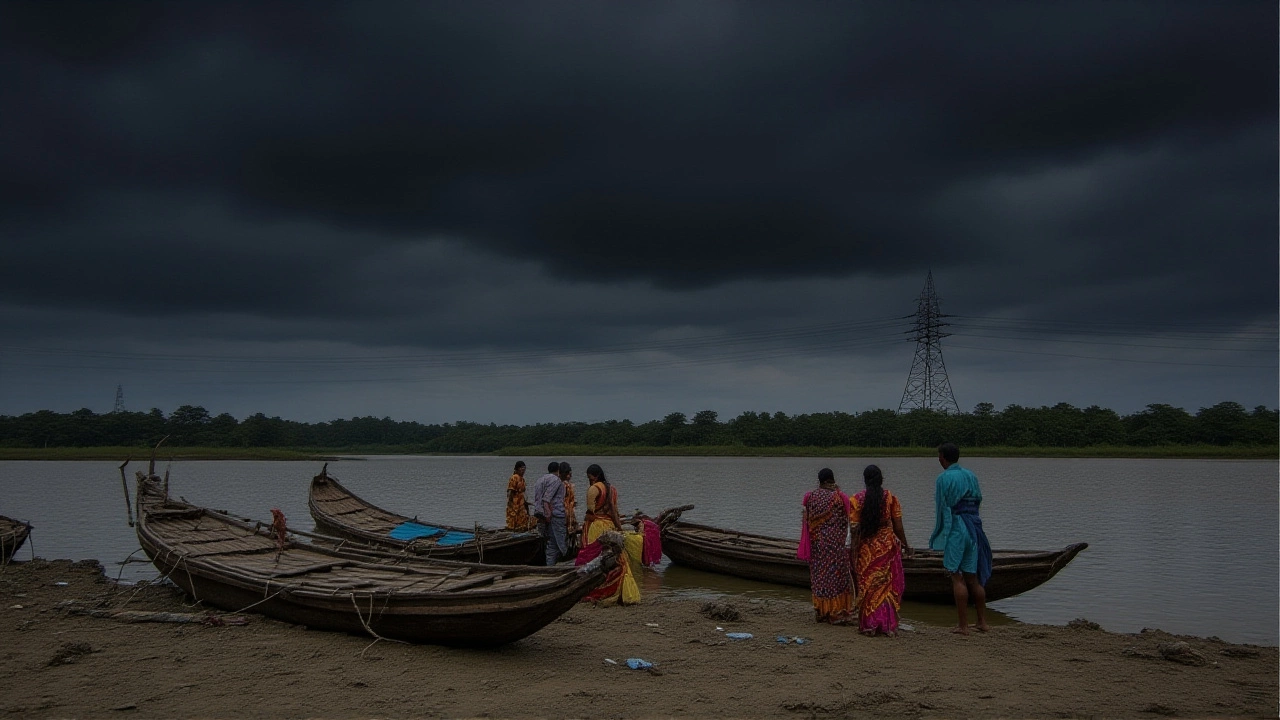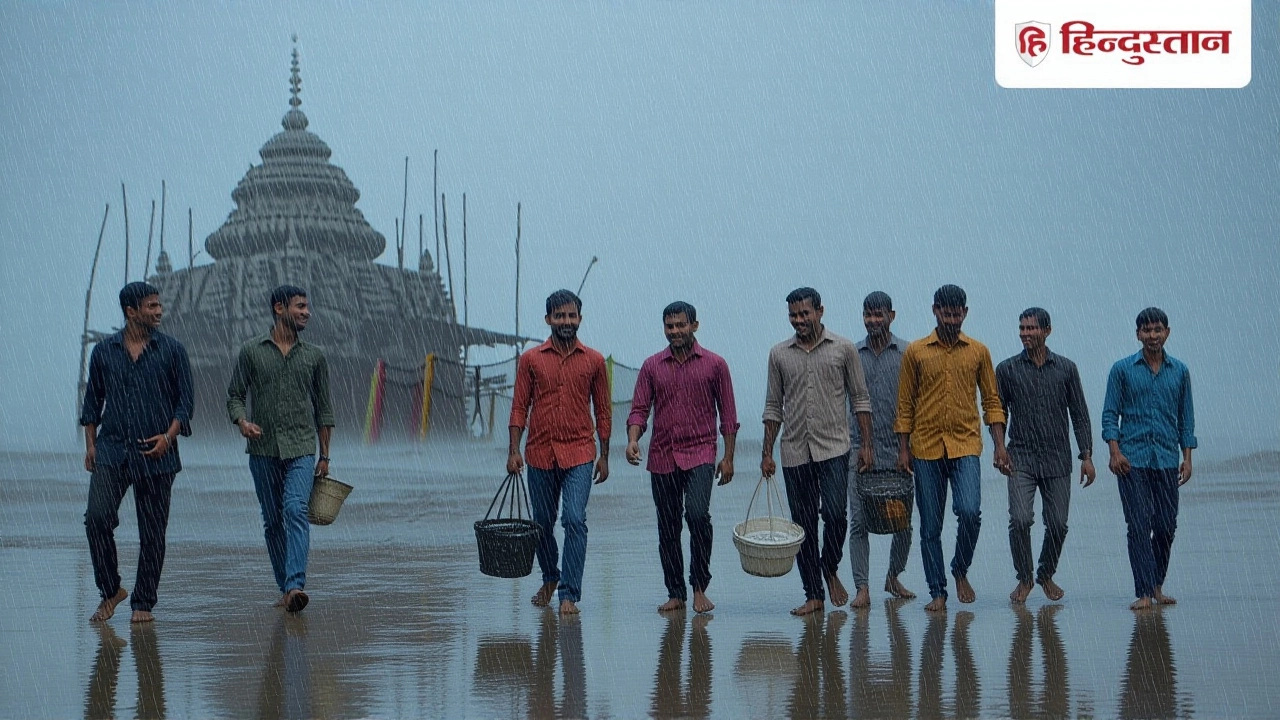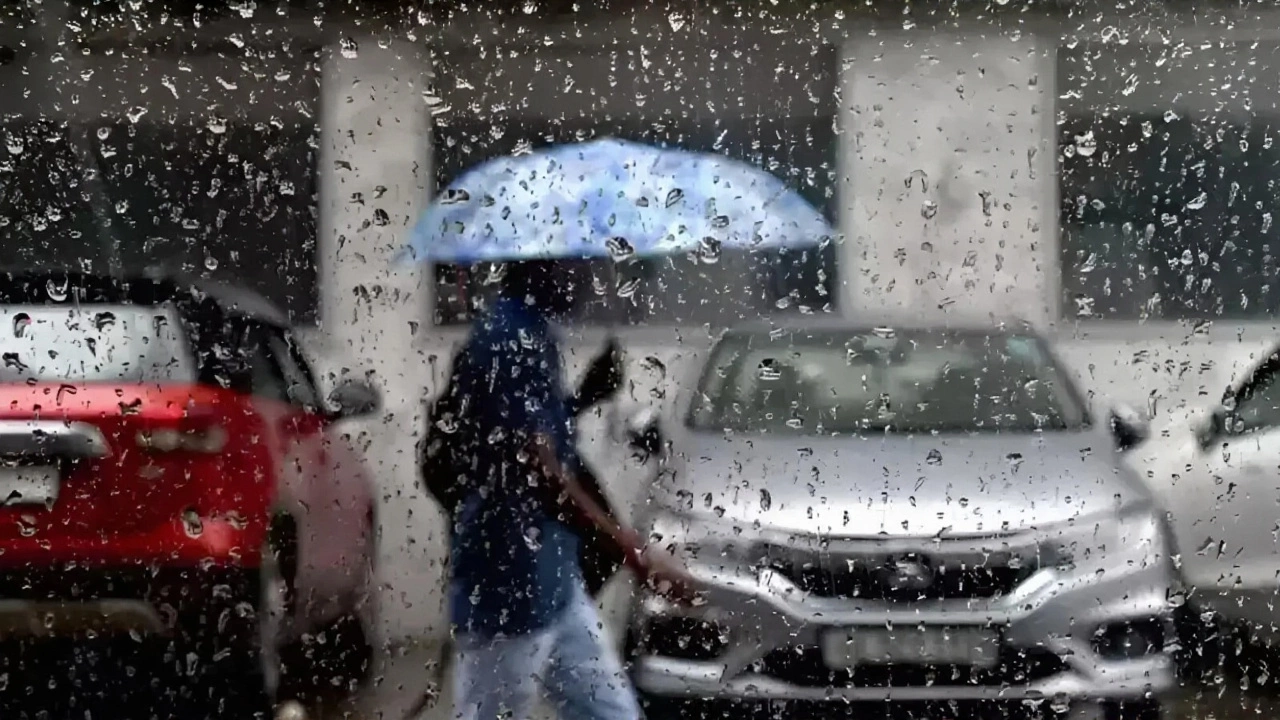On September 26, 2025, Indian Meteorological Department warned of heavy rainfall in four states – West Bengal, Kerala, Gujarat and Maharashtra – while the capital region around Delhi was slated for clear skies. The stark contrast matters because millions of commuters, farmers and outdoor workers depend on daily forecasts to plan everything from market trips to irrigation.
Monsoon Outlook and Regional Rainfall
The monsoon withdrawal has already rolled through much of northern India, but the western and southern coasts are still feeling its punch. According to the Regional Weather Forecasting Centre (RWFC) New Delhi, West Bengal can expect up to 80 mm of rain between 0600 GMT and 1800 GMT, with Kolkata’s suburbs likely to see brief but intense downpours. Kerala’s coastal districts, especially Kozhikode and Alappuzha, are under a 60‑mm warning, while interior regions may see isolated showers.
In Gujarat, the Saurashtra peninsula is forecast to receive 45 mm, enough to raise river levels in the Sabarmati tributaries. Maharashtra’s Konkan belt, from Mumbai to Ratnagiri, expects 70 mm, prompting local authorities to stand by emergency pumps.
"We’re seeing a classic post‑withdrawal surge," said Dr. Anjali Mehta, senior scientist at the IMD. "The residual moisture over the Arabian Sea and Bay of Bengal feeds these pockets of heavy rain, even as the larger monsoon system recedes."
Clear Skies over Delhi and NCR: What to Expect
The capital region enjoys a rare breather. The RWFC’s latest bulletin marks the entire NCR as a green‑zone – no weather alerts, no rain. Satellite imagery shows a high‑pressure ridge hovering over north‑central India, pushing cloud cover northward.
Tomorrow’s sky will be mostly clear, with a thin veil of mid‑level clouds drifting in after sunset. Residents can plan outdoor activities without fear of a sudden downpour, but they should still stay alert for the evening breeze that often brings a quick dip in temperature.
"It feels like the monsoon finally gave us a break," joked Rohit Sharma, a Delhi-based software engineer. "The only thing I’m worried about is the heat."

Heat Surge and Temperature Trends
Temperatures are on the rise, and the numbers back it up. On the morning of September 26, Delhi’s minimum hit 25.1 °C – about one degree above the climatological average. The forecast pegs the day’s high at 36 °C, edging 1‑2 °C above normal. A quick glance at the past week shows a steady climb: September 20 recorded a low of 24.5 °C, while September 24 barely dipped below 26 °C.
Uttar Pradesh, sitting just east of the capital, mirrors this pattern. The department placed every district in the green‑zone for rain, but humidity is creeping up, hovering around 68 %. That combination makes the “feels‑like” temperature feel noticeably higher.
- Delhi maximum temperature: 34‑36 °C (2025‑average: 34 °C)
- Delhi minimum temperature: 25.1 °C (average: 24 °C)
- Temperature rise forecast for the next two days: +1‑2 °C
Experts warn that prolonged heat without rain can strain power grids and aggravate respiratory ailments, especially for vulnerable populations.
Weather Warnings and Thunderstorm Risks
While Delhi stays dry, neighboring regions aren’t as lucky. Eastern Uttar Pradesh is under a yellow weather warning for September 26, signalling a chance of thunderstorms and lightning. The warning extends into eastern Rajasthan for September 27, with similarly heightened thunderstorm activity.
These alerts are color‑coded: yellow means “caution,” urging people to avoid open fields, postpone construction work and secure loose objects. The RWFC notes that thunderstorms in these zones often bring gusts of 45‑55 km/h, enough to topple weak structures.
"Yesterday we saw three lightning strikes within a ten‑kilometre radius of Lucknow," recalled Vikram Singh, a field officer with the state disaster management team. "We’re advising farmers to keep livestock indoors and to clear drainage channels to avoid flash flooding."

Implications for Residents, Farmers and Businesses
For the four rain‑hit states, the immediate concern is waterlogging. In Kolkata, traffic snarls are already forming as potholes fill with water. Kerala’s low‑lying paddy fields risk submergence, which could affect the upcoming Rabi crop. Gujarat’s farmers, however, welcome the rain; the state’s drought‑stricken Saurashtra has been awaiting a replenishment of groundwater.
Conversely, Delhi’s clear sky presents both a boon and a challenge. Outdoor markets, festivals and construction projects can proceed without delay, but the heat spike pushes electricity demand higher. The Delhi Electricity Board has warned of potential load‑shedding if temperatures surge beyond 38 °C.
Overall, the mixed picture underscores how India’s weather still feels like a patchwork quilt – some districts drenched, others baking. The IMD advises residents to stay tuned to hourly updates, keep an eye on temperature‑related health advisories, and—if you’re in the rain zones—make sure you have an emergency kit ready.
Frequently Asked Questions
How will the heavy rain affect agriculture in Kerala?
The downpours, expected to total around 60 mm, will replenish soil moisture in the coastal and mid‑range zones, helping the upcoming Rabi season. However, farmers in low‑lying areas must monitor drainage to prevent water‑logging, which could damage young seedlings.
What precautions should Delhi residents take amid the heat spike?
Stay hydrated, limit outdoor activity during peak hours (12‑3 pm), and use sunscreen. Power‑consumption should be moderated where possible to reduce load‑shedding risk. Keep windows closed during the hottest part of the day and use fans or air‑conditioners judiciously.
Why are only four states seeing rain on September 26?
Moisture from the Arabian Sea and Bay of Bengal is being drawn into localized low‑pressure systems that sit over West Bengal, Kerala, Gujarat and Maharashtra. The rest of the country is under a high‑pressure ridge, which suppresses cloud formation and keeps the sky clear.
What does the yellow weather warning mean for Uttar Pradesh?
A yellow warning signals the likelihood of thunderstorms and lightning. Residents should avoid open fields, secure loose objects, and keep an eye on local alerts for any sudden flash‑flood warnings.
Will the heat in Delhi affect air quality?
Higher temperatures can increase ozone formation, worsening air‑quality indexes. Citizens are advised to monitor AQI levels on the Delhi Pollution Control Board’s website and limit outdoor exercise when the index exceeds ‘moderate’ levels.
